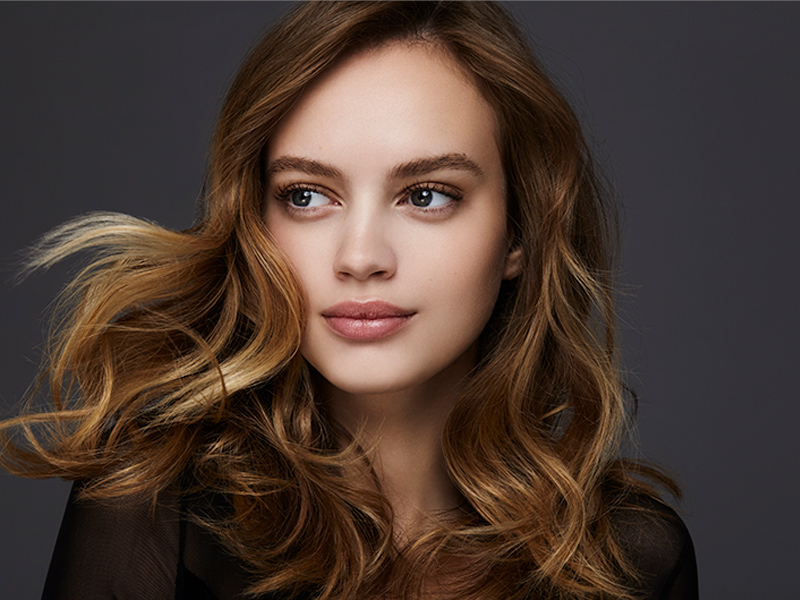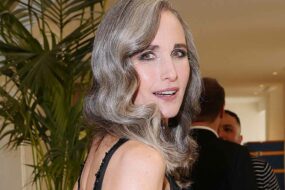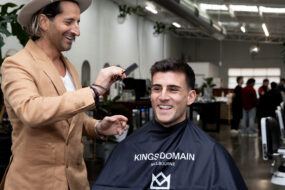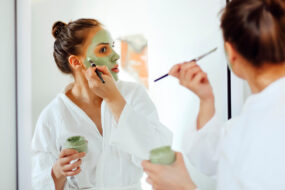Modern makeover: The ombré hair trend is back with a fresh new twist
Ombré hair was one of the most iconic beauty trends of the early to mid-2000s – and now industry experts predict the dip dye look is set to return.
Few beauty trends defined the early to mid-2000s like ombré hair, with just about every celebrity, influencer and regular Australian trying out the dip dye style at some point in the past decade.
Like most saturated crazes, the two-tone hair technique eventually faded into obscurity – but insiders say it’s on the way back.
“I love that ombré hair is making a comeback,” Sloans of Lane Cove advanced stylist Christopher Byrne says.
“It’s a trend that can be tailored from a subtle tonal moment right through to a more dramatic ‘melt’, making it really versatile and fun to play with.
“Ombré hair is also a great way for people to start their colour journey in a subtle way as we can really work with them to create something unique.”
The rising cost of living is another factor behind the trend’s revival since ombré hair requires fewer visits to the salon than traditional highlighting.
Celebrities, including Khloe Kardashian and Emma Roberts, are forgoing highlights in favour of growing out their roots.
View this post on Instagram
What is ombré hair?
Ombré hair refers to contrasting hair shades that create an eye-catching “dip dye” effect that is typically concentrated at the lengths.
Brown-to-blonde gradients were standard in the early days of ombré hair, but according to Sloans of North Sydney co-owner and art director Jordan Hone, 2023’s take on the trend involves greater colour variation and more seamless blends.
“The original ombré was a lot bolder and focused on creating a stark contrast with much darker roots and much lighter ends, but ombré hair in 2023 is more subtle, using flattering tones to blend a darker base colour through to a gradual, softer colour on the ends,” Jordan says.
How to achieve ombré hair
Jordan prefers to take a bespoke approach for each client, considering everything from colouring history and lifestyle to their current base colour.
“Sometimes multiple techniques are used to create the desired result because, ultimately, the goal is to create a look that is subtle and low-maintenance,” Jordan says.
“My preference for achieving this is a freehand balayage application, which achieves a lived-in look.”
The rising popularity of the braided balayage technique has also influenced the modern iteration of ombré hair, according to English hair colourist and Redken education artist Lucas Ragelis.
“I love trying new techniques when it comes to colouring because one specific approach doesn’t suit everyone,” Lucas says.
“The main difference between braided and traditional balayage is seamlessness and softness – for instance, if I want to create something really soft and sun-kissed … I tend to lean towards braided balayage,” Lucas says.
Lucas recommends starting slow when introducing colour so you’re less likely to overdo it and compromise the health of your hair.
“If you want to increase the contrast, another approach is to go darker at the root by asking for a deeper root smudge,” Lucas says.
“At the end of the day, hair is all about having fun and expressing yourself – life is too short to have boring hair, and ombré styles have a universal appeal.”
View this post on Instagram
Discover more hair trends:
Written by Charlotte Brundrett.




